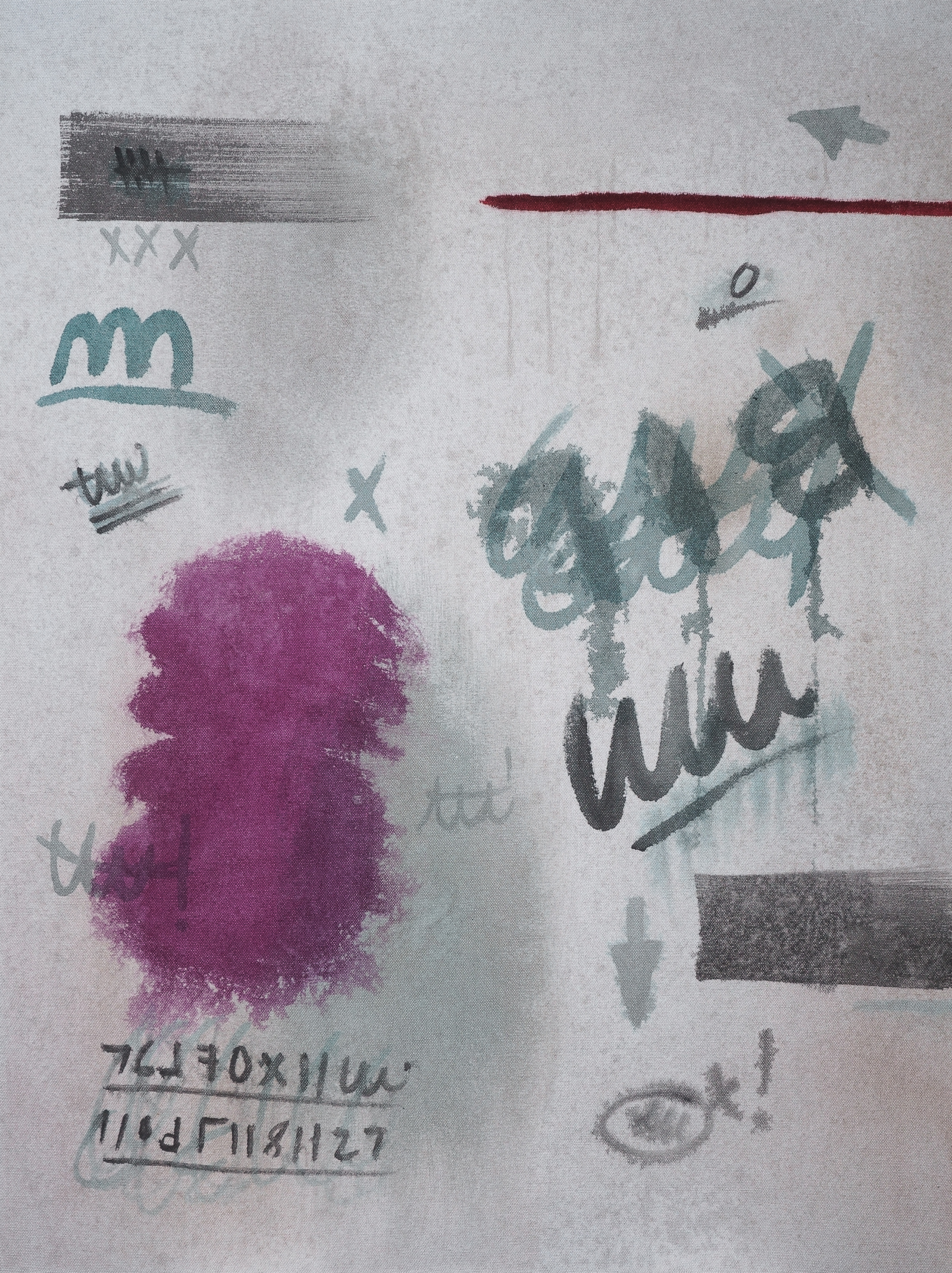The Time of Change with Double Dare Ya
Review of Double Dare Ya presented by the Henry Art Gallery
Written by Teen Writer and Editor Lucia McLaren and edited by Teen Editor Eleanor Cenname

At the Henry Art Gallery, everyone wants to see the Skyspace, an oval-shaped building with an oval-shaped skylight. To get to this famous exhibit, you have to pass through a small, square room. Most people give a few seconds or minutes of a glance before moving on, either to the Skyspace or to another more popular exhibit at the Henry. Within this room is Viewpoints. It’s essentially a rotating display: works from various artists that center around a different theme each time it’s changed.
Double Dare Ya, the most recent iteration of Viewpoints, features works by Amanda Ross-Ho, Marsha Burns, and Justine Kurland. They center around the reality of teenage girls—facing vast change, transience, and the rigidity of femininity.

Ross-Ho’s works are paintings, a contrast to the photography in the rest of the exhibit. My first impression was that of everyday art, like doodling or the sort of thing you see tagged under a bridge or highway. They are colorful, overlapping marks with an industrial-gray backdrop, bright ideas in a not-so-bright world. Humans have done this kind of art since the beginning of time. Nowadays, the association sometimes lies with students, shown by the curator's decision to describe Ross-Ho's works as a “reconstruction of an abandoned backpack”. I, a teenage girl, have been doodling all over my homework since I was little. For me, it’s a splash of creativity in an otherwise dull school environment.
The focus of Double Dare Ya is arguably Marsha Burns’ work. Not to say that the other two artists are any less important or interesting, but her photographs were greatest in number—six in total, covering two of the room’s walls. The first four pieces depict four young women in Rome, Italy in various degrees of counter-culture dress and makeup. Some would call them punk, others goth. The background of each portrait is a stark contrast to the typical romanticized Rome: dirty walls and spray paint tags. The curatorial statement describes Burns seeking out those on the “fringes of society” in her artist’s statement, and she seems to have found them. Each person gives off a sense of downcast pride, with no regret but a keen awareness that they do not belong.
Across the room are two larger photographs by Burns, taken in large format polaroid, with a duo of young people in each. They feature a similar dynamic of expression, with one subject looking warily protective while the other appears nervous or naïve. Again, they seem to know they don’t belong. Michael and Rabelle’s photograph more explicitly challenges norms with a more butch and counterculture presentation; meanwhile, Kim and Amy are dressed traditionally feminine but maintain a sense of rebellion.
Last but not least in the lineup is a piece by Justine Kirkland. This piece puts the ‘teenage’ in the ‘teenage girl’ Double Dare Ya aims to represent. It’s a photograph focused on two young people, like in the last paragraph, but the scene it sets is different—its dramatic colors and its strong sense of setting reminded me of a still from a movie. And really, the subjects fit that idea too, clinging to each other with the youthful determination seen in coming-of-age films. They look forward to the viewer, anxious in a state of transience or running away.
Films, books, and art alike have captivated audiences for decades with the stories of teenagers. The media tends to fall into stereotypes about young people, of course, and back in the real world adults continue to deny them a voice, but something about them is capture-worthy. Their rebellion and fluidity can be inspiring for even the most jaded of people.
In the newest Viewpoints exhibition, Double Dare Ya captures teenage girls in a way rarely found—with dignity. The curation represents their confidence, anxiety, and the sense of ‘not belonging’ that plagues nearly every transition to adulthood. And though no collection of art can fully represent that reality, I found myself pleasantly surprised by how understood I felt.
Lead Photo: Amanda Ross-Ho, Untitled (MY CHEMICAL ROMANCE), 2013. Acrylic on dyed canvas. Photo Courtesy of the Henry Art Gallery.
The TeenTix Newsroom is a group of teen writers led by the Teen Editorial Staff. For each review, Newsroom writers work individually with a teen editor to polish their writing for publication. The Teen Editorial Staff is made up of 6 teens who curate the review portion of the TeenTix blog. More information about the Teen Editorial Staff can be found HERE.
The TeenTix Press Corps promotes critical thinking, communication, and information literacy through criticism and journalism practice for teens. For more information about the Press Corps program see HERE.

